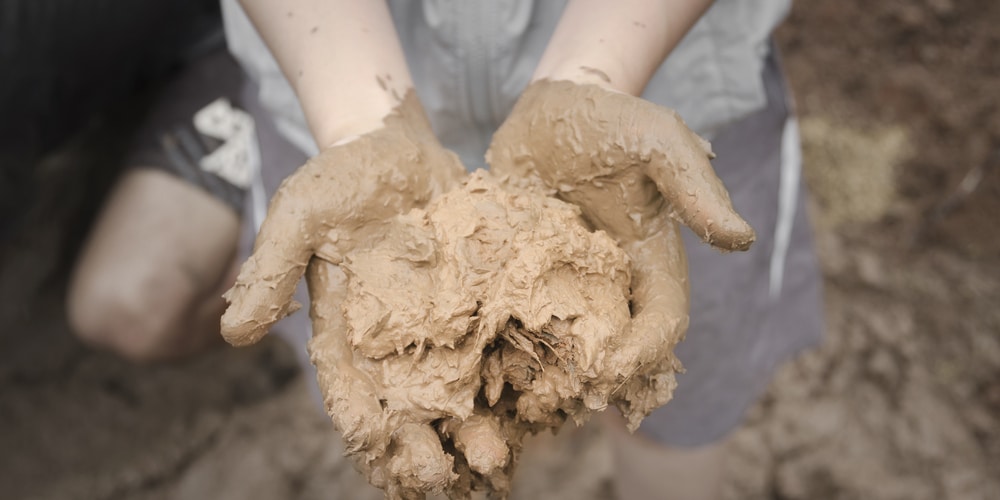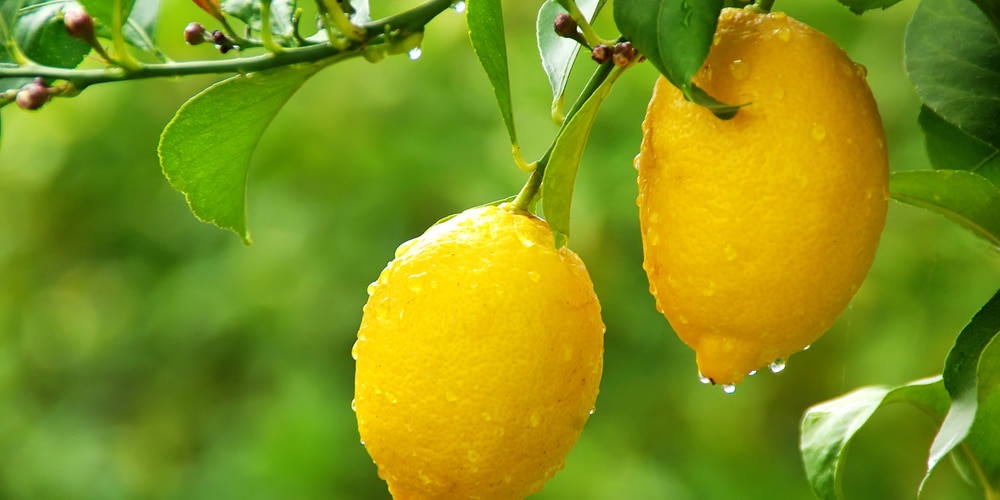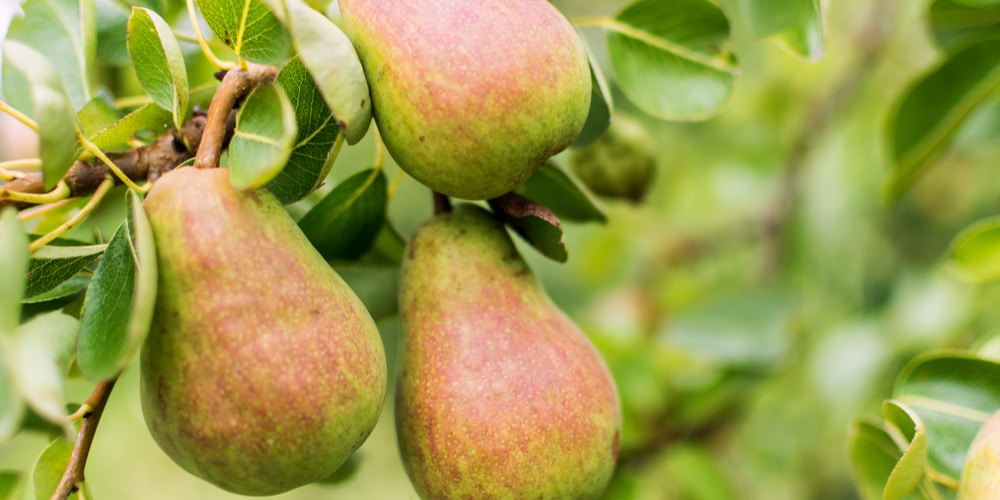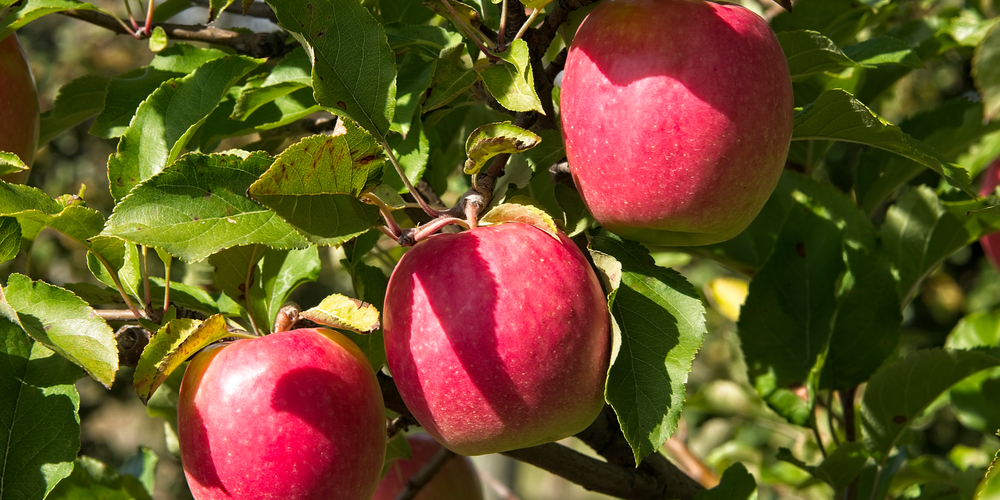While they take relatively longer to mature and bear fruits, fruit trees can be very satisfying to grow. That said, if you are planning to plant some fruit trees and all you have is clay soil, it can be overwhelming to think about getting them to grow in less-than-perfect conditions. After all, clay is not great for growing a wide variety of plants.
But aren’t there fruit trees that do grow well in clay soil?

Well, while clay soil might not make your dream garden, it shouldn’t stop you from establishing a small backyard orchard with healthy fruit trees. A few fruit trees thrive in clay soil and yield bountiful produce.
If you have clay soil, read on to find some of the fruit trees with which you can nurture a healthy orchard and how to plant them.
Fruits trees that thrive in clay soil
Clay soil turns muddy easily when wet and cracks when dry, which makes gardening a big challenge even for expert gardeners. Even so, you can surmount the problem and harvest plenty of fruits if you plant fruit trees that survive and thrive in alkaline soils with less-than-ideal drainage.
Here are fruit trees that you can consider for your garden with clay soil:
- Citrus fruit trees
- Apricot trees
- Plum trees
- Fig trees
- Guava trees
- Pear trees
- Apple trees
- Cherry trees
- Nectarine trees
- Persimmon trees
Generally, stone and pome fruit trees have the best chances of surviving in clay soils(but will still grow best in loose, well-drained, slightly acidic soil). They tend to have shallow root systems, requiring about 3 feet of topsoil for good root growth.
Note: If you have heavy clay soil, it is imperative to amend it to improve drainage and overall nutrition capability.
Important information about clay soil
Clay soil has three qualities in excess, which makes it a bad choice for gardening. It is alkaline, holds water for long, and has very tiny particles that give it the ability to be very compact. On the other hand, fruit trees are very vulnerable to these issues, particularly when growing.
When it comes to growing fruit trees in clay soils, the most significant problems turn out to be poor drainage and alkalinity, which impedes plants from absorbing essential nutrients correctly. The tiny particles also limit airflow, meaning the roots won’t be getting sufficient air, which causes root rot.
Another serious issue with clay soil is that it easily becomes sunbaked, cracks, and erodes away. With continued erosion, you may lose much of topsoil and end up with no rich layer to plant your fruit trees.
How to plant fruit trees in clay soil
Planting in clay soil is arguably the most challenging part of growing fruits. Even so, there are tricks to bypass these associated problems and plant with ease.
When planting in clay, you don’t want to leave a massive impact on the development of the fruit trees. Here are useful tips for growing fruits trees in clay soil:
1. Choose a fruit tree that can survive and thrive in clay soil
The first trick to successfully growing fruits in clay soil is picking a fruit tree that can tolerate less-than-ideal soil conditions. The fruits trees listed above are adaptive in clay soil and have higher chances of bearing plenty of fruits.
2. Prepare the planting site
Fruit trees require attention and care, which starts right from preparing the planting site. With clay soil, it is strongly discouraged to dig a hole into the clay soil. Digging a hole will create a “bucket” that will hold more water, eventually rotting the roots, potentially leading to other serious issues or, worse, causing the plant to die.
Instead of digging a hole, build a mound about 1-2 feet high and as wide as the tree’s drip line using rich, well-draining soil. Since most fruit tree’s roots are found in the top 2-feet of soil, a hip about 2 feet high will be the best bet.
3. Plant the tree
Make a small hole the size of the root ball in the middle of the hip and plant the tree. For the best growth, make sure the plant is at least one foot from the clay ground.
Next, add a layer of mulch and water your fruit tree as needed to help it grow. Depending on the fruits you are growing, you can expect the first harvest after 3-5 years or more.
Fruit Trees That Grow In Clay Soil: Conclusion
Most fruits grow best in loose, well-drained soils with a slightly acidic pH. However, this doesn’t mean that those having clay soils – poor draining and alkaline – cannot grow fruit plants. Definitely, a few fruit trees will thrive in clay soils and bear fruits.



